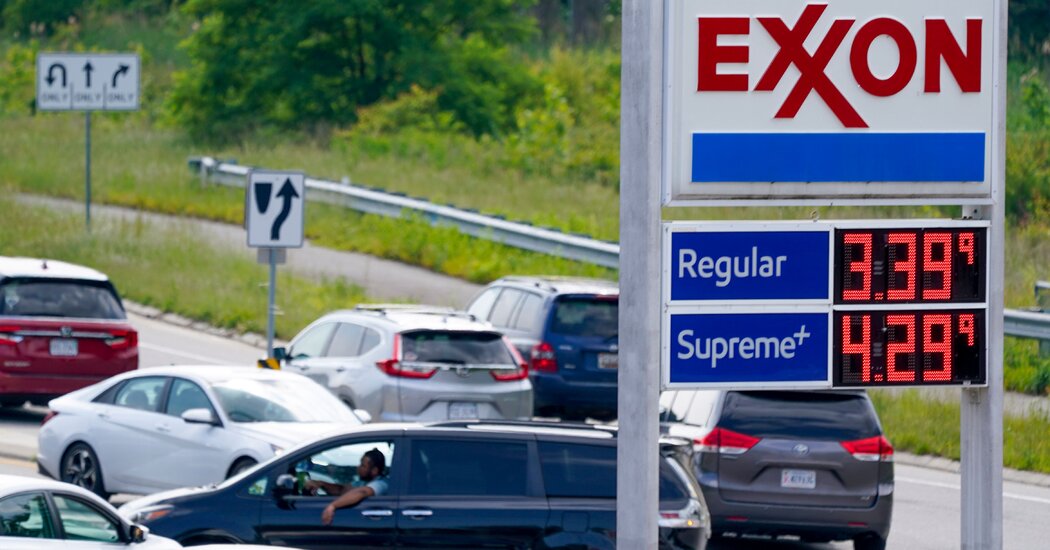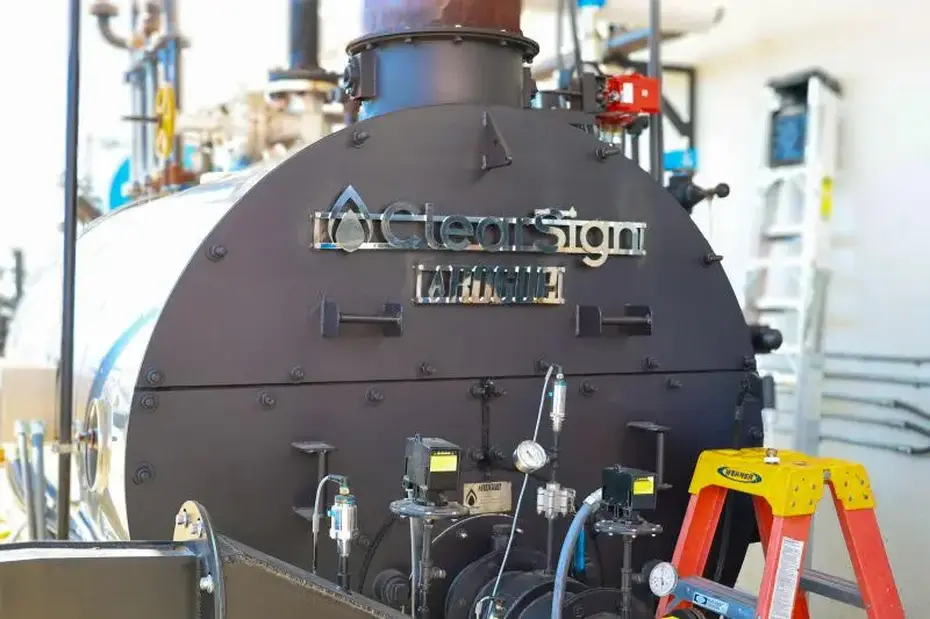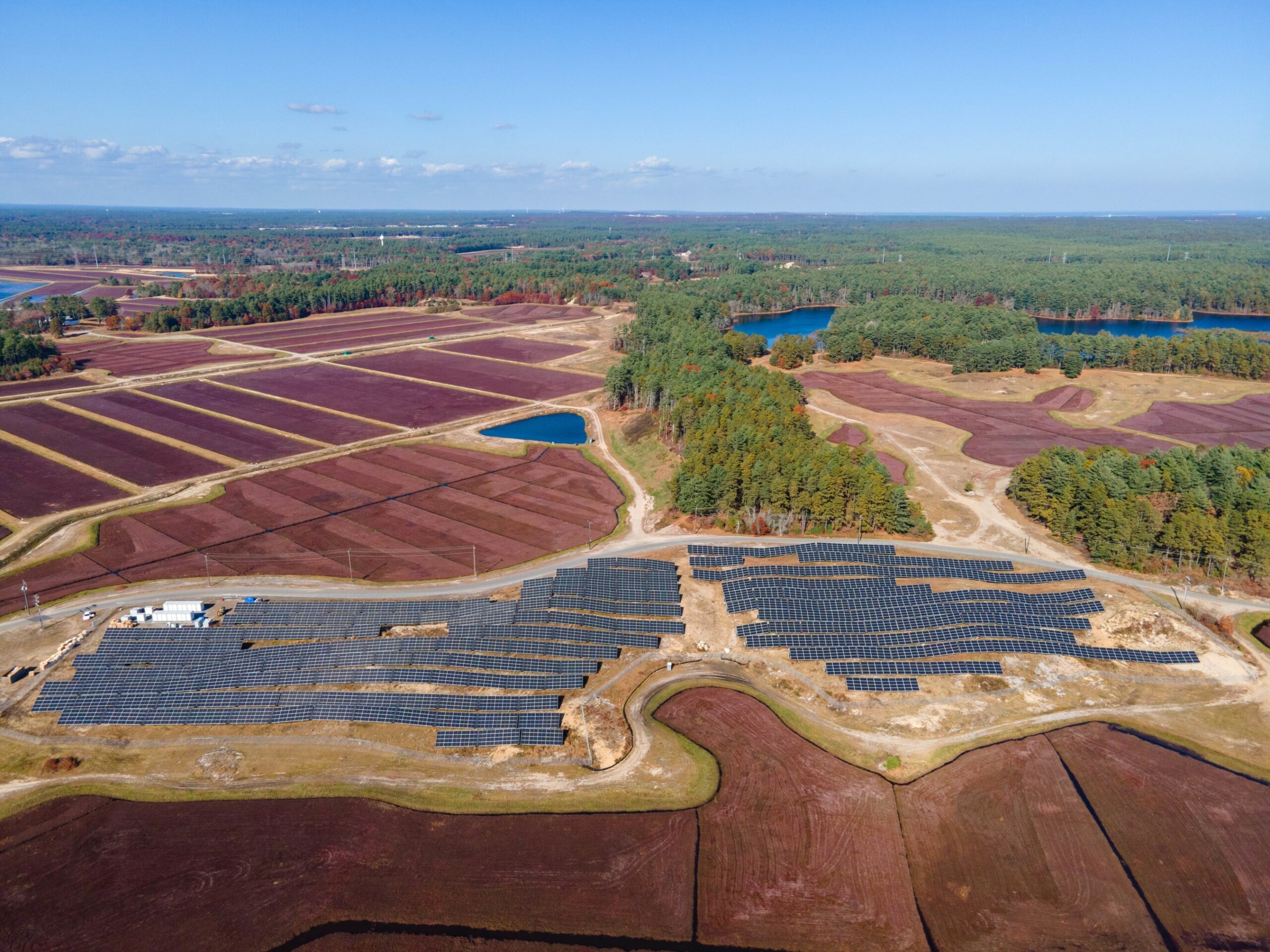
Americans who fill up their cars this Memorial Day weekend will catch a break — at least compared with a year ago, when gasoline prices were soaring.
The national average price for regular gasoline is a full dollar a gallon lower than a year ago. Drivers paid over $4.60 in May 2022, and prices had reached $5 by the second week of June. This week, they paid just over $3.50 a gallon for regular gasoline, according to AAA, the motor club.
Many energy experts said they expected prices to stay around these levels for much of the summer, barring a major disruption to global oil supplies.
Because gasoline prices are posted on street corners on big colorful signs, they can have a powerful psychological impact on consumers, especially on middle- and lower-income people who tend to drive older, less fuel-efficient vehicles and spend a larger proportion of their income on energy than affluent people.
“Who wouldn’t be happy to save the money?” said Eddie White, 46, who uses his pickup truck to make deliveries and offer rides through Uber. Filling up at least once a day, Mr. White, who lives in the Houston area, said he was saving roughly $420 a week. He is using that money to pay for classes that will help him become an insurance adjuster.
Aaron Hawkins, 22, manages a phone store and serves in the Army Reserve. His Reserve duties require him to drive regularly between Houston and Baton Rouge, La. He said he was saving between $150 and $200 a month on gas.
“It’s a lot better for everyone,” he said of the lower prices.
Prices spiked last year after Russia invaded Ukraine in February. Oil traders had expected Russian exports to fall because of the sanctions imposed on the country by the United States and its allies in response to the invasion.
The war is still grinding on, but Russia has found a way to keep selling its oil, though at heavily discounted prices, primarily to China and India. As a result, global oil supplies remain plentiful. It also helped that the United States and other industrialized countries released oil from their strategic reserves when prices were surging.
At the same time, demand has not shot up for oil and the fuels produced from it. In the United States, use of motor fuels has not changed much from last year and has yet to recover to prepandemic levels. But that may be starting to change. Gasoline demand climbed over the last month, and AAA predicts a 7 percent increase in holiday weekend travel from last year.
Because supply was stronger and demand was weaker than many traders and analysts had expected, the U.S. benchmark oil price gradually fell from around $120 a barrel last summer to around $73 a barrel on Friday.
Prices briefly spiked last month after Saudi Arabia, Russia and other major oil producers announced that they would cut production by 1.1 million barrels a day, or slightly more than 1 percent of global supplies.
But that rally sputtered out, and oil prices have been falling in recent weeks. Many traders are increasingly concerned that the Federal Reserve’s interest rate increases, designed to bring down inflation, will slow the economy and might cause a recession. Central banks in Europe are also pursuing similar policies.
Fears of a recession have also grown in recent weeks because of the halting debt ceiling negotiations between President Biden and House Republicans. Elsewhere, signs that China and India, the world’s most populous countries, are not buying as much fuel as expected have also put a damper on oil prices, according to a report by the Eurasia Group, a research and consulting firm.
“Last year, you had higher growth in demand and lower growth in supply,” said Linda Giesecke, the head of demand analysis at ESAI Energy, a consulting firm. “This year, demand and supply are relatively evenly balanced.”
After nearly two years of contending with high inflation, many Americans appear to have changed how and where they buy gasoline and diesel, said Tom Kloza, the global head of energy analysis at Oil Price Information Service. Many people have started buying fuel at big-box retailers, which often offer lower prices than independent gas stations.
“The Costcos, the BJs, the Sam’s Clubs, the Buc-ees, the supermarkets, all took market share from 2020 to 2022, and they are not giving it up,” Mr. Kloza said. “It’s tougher for the little guy out there,” he added, referring to gas stations that use the brands of major oil companies like Exxon and Chevron but are typically owned by families or small businesses.
Warehouse stores and other big retailers can offer lower prices because they negotiate the best deals with refiners and buy their gasoline in bulk.
Another factor dampening prices is the growing popularity of electric vehicles. Battery-powered vehicles could become increasingly important in reducing demand for fossil fuels and limiting climate change over the next decade.
Patrick De Haan, the head of petroleum analysis for GasBuddy, a company that tracks gas prices, said he expected the national average price for regular gas to stay under $4 a gallon this summer. He estimated that consumers would spend $1.6 billion less than last year on gasoline over Memorial Day weekend. The Energy Department recently estimated that the average national price for gasoline this summer would be $3.40 a gallon, about 20 percent lower than last year.
Of course, prices vary widely across the country, in part because of the differences in state gas taxes and the cost of real estate, labor and other expenses. The Energy Department estimated that the average price of gasoline on the West Coast would be $4.30 a gallon this summer, about 90 cents above the national average.
Gasoline prices are typically highest between April and September, when people drive more. In addition, summer-grade gasoline tends to be more expensive to produce because pollution regulations require that it be blended differently.







